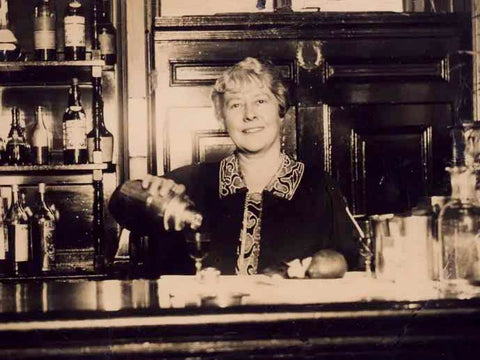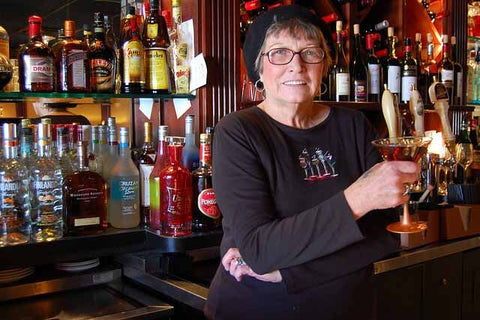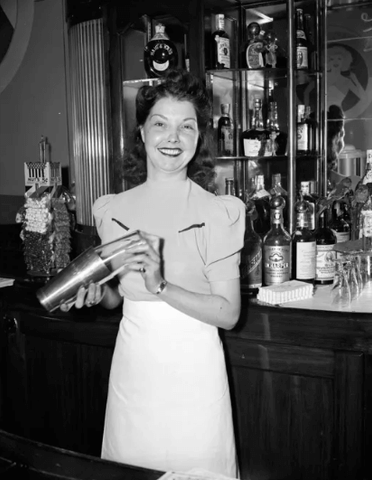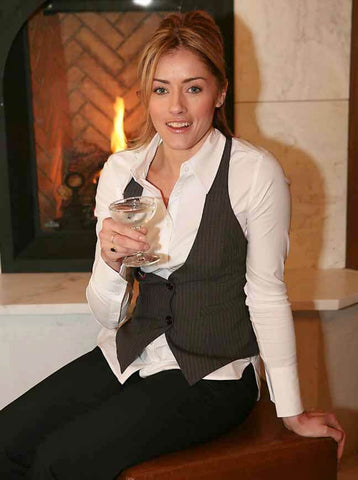
Behind the Bar: Women's Stirring Impact on Mixology
Share
In the world of mixology, female bartenders have brought significant contributions and changes to the industry through their talent, innovation, and perseverance. However, in the early bar scene, the right to work for female bartenders was still unequal.
A notable example is the struggle of Valentine Goesaert in Goesaert v. Cleary, where she challenged the laws that restricted women from becoming bartenders, highlighting the importance of gender equality in the workplace.
Additionally, during World War II, the attitudes and policies of the American bar and tavern industry towards female bartenders underwent significant changes. With men being drafted into military service, women were either forced or allowed to enter the profession, showcasing their capabilities in this field and reflecting the impact of wartime economic and social structure changes on the role of women in the workforce.
These two cases demonstrate the progress made by women in fighting for equal job opportunities on the one hand, and on the other hand, highlight that the challenges of gender in the workplace continue to require attention and resolution.
Here is a more detailed introduction to four landmark female bartenders: Ada Coleman, Joy Perrine, Valentine Goesaert, and Charlotte Voisey, who have not only excelled technically but also made important contributions to gender equality.
Ada Coleman

Ada Coleman's career began in 1899 at the Claridge Hotel in London, initiating her journey into mixology. With her creativity and skills, she rapidly ascended to become the head bartender at the American Bar at The Savoy Hotel in London in 1903, a position she held for nearly 23 years. Coleman is renowned for her classic creation, the Hanky Panky Cocktail, and for training the later mixology master Harry Craddock, leaving a lasting impact on future generations of bartenders.
Joy Perrine

A pioneer of Kentucky bourbon cocktails, boasted a career spanning over fifty years. After moving to Louisville, Kentucky, in 1978, Perrine quickly became immersed in the local bourbon culture, becoming famous for her innovative bourbon cocktail recipes. Her co-authored book, "The Kentucky Bourbon Cocktail Book," with Susan Reigler, demonstrates her profound understanding and creativity with bourbon cocktails. Perrine's innovations have contributed significantly to the field and inspired countless bartenders that followed.
Valentine Goesaert
Though not known for her bartending skills, played a vital role in American legal history. She was one of the plaintiffs in the 1948 Supreme Court case Goesaert v. Cleary, which challenged laws restricting women's ability to work in bars.

Although the decision ultimately upheld the restrictions, the case spurred further discussions and reforms in gender equality law, laying the groundwork for equal rights for women in the workplace.
Charlotte Voisey

(Photo credit) (Youtube credit)
A renowned bartender and spirits educator internationally recognized for her deep cocktail knowledge, innovative recipes, and active participation in mixology education. As the Global Head of Ambassadors for William Grant & Sons, she has achieved significant success in cocktail competitions since 2002 and promoted her innovative cocktail recipes worldwide. Voisey's enthusiasm and expertise have played a significant role in elevating public appreciation for the art of cocktails.



